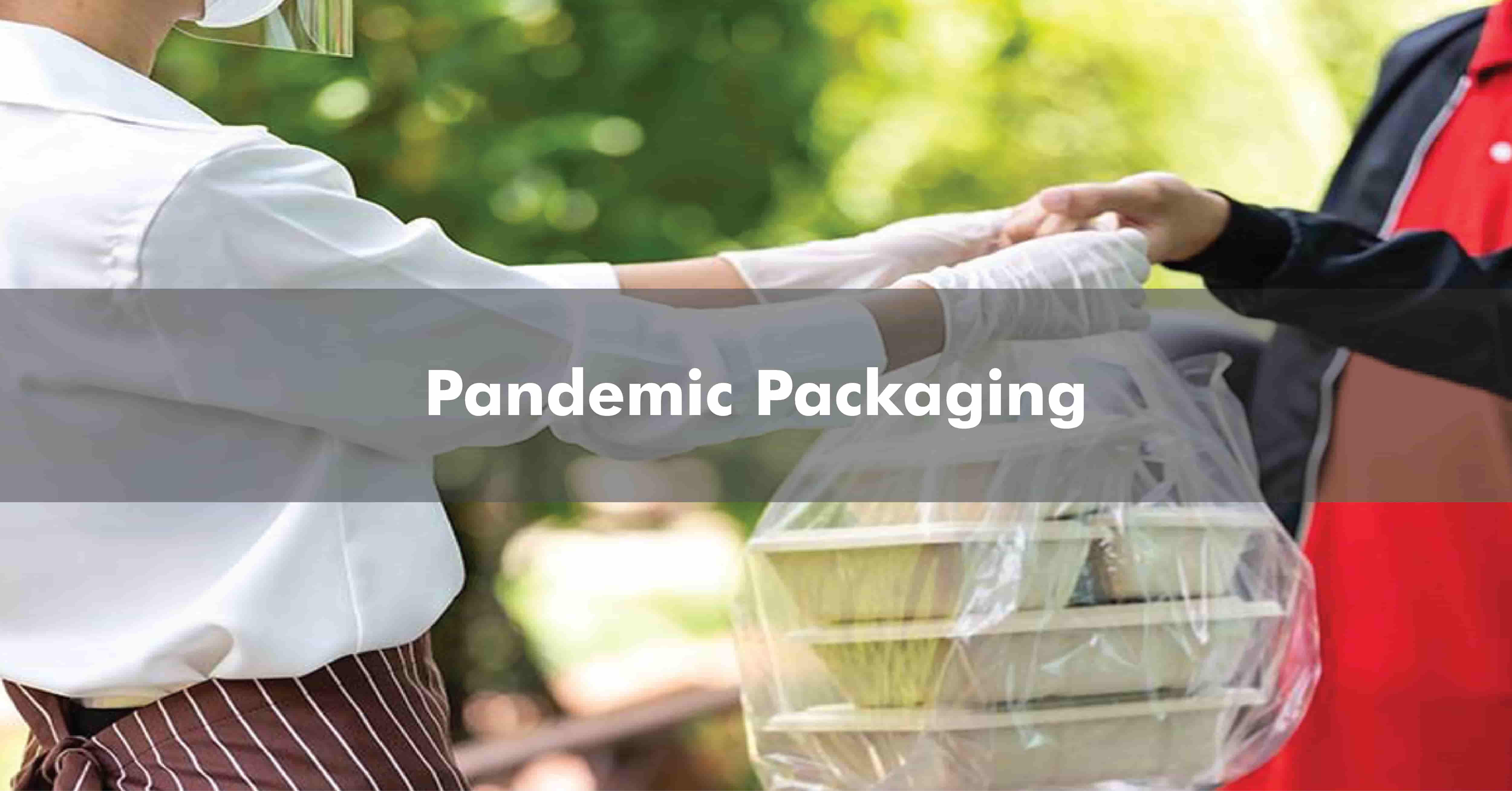
Blog
Pandemic Packaging
Product packaging is an essential part of a product lifecycle. The pandemic changed how different products are handled.

Ranjan Das
· Posted: 2020-08-06
Posted: 2020-08-06

Packaging of a product plays many roles. Other than enticing customers to pick it up / click from the retail shelves/e-commerce page, it must ensure that the product inside it reaches the customer in good consumable shape and form. The swirling corona-virus pandemic has stretched this later need to a different level of expectations and execution.
All products, when they reach home, pass through unheard of practices these days. They are being dipped in the soap water, rubbed clean, kept in the sun for hours, ensuring they enter the house without any trace of coronavirus. This newfound practice is justified and recommended, but most of the time people overdo it, exposing few areas that need the attention of Brand / Product Packaging industry players.
Many times, over-cleaning / sanitizing of product leads to them getting spoiled by leakage of soapy water. The fungus grows after few days due to the moisture it absorbs while being cleaned. Some product packaging can’t be cleaned as the packaging wouldn’t sustain exposure to water etc. Though there is an endless list of products that can find mention here biscuits, noodles, medicines, butter etc. are a few of many products that can do with better waterproof packaging.
I’ll be covering two major points pertaining to ‘sanitization proof packaging’ here; one is the material and process used for packaging and another is about the content that goes on the packaging as part of the design.
“Peel off’ packaging over and above the already existing packaging is a good idea, as brands don't need to invest much except an extra outer layer. You don’t need to wash, soak in sun or water; just peel off and you are good to go.
Ensuring the existing packaging is actually waterproof (and not resistant) is a must. It must not leak or seep water or moisture inside the pack in the process of being cleaned at home.
Materials like plastic and glass can opt as these materials can be sanitized and cleaned easily. While glass is safe and eco-friendly, plastic is ill famous for not being a biologically degradable material yet they both have their own pros and cons. I guess we can, for the time being, ignore Plastics environment unfriendly character and leverage its durability and water proof attribute, until our packaging companies can come out with a better replacement. There is a flip side to it though; the virus survives for up to two or three days on steel and plastic surfaces and one day on cardboard. If your packaging cost allows, material like copper can also be used as it has antimicrobial powers.
Content on the peel off label or packaging should be carefully chosen. Other than the branding and product specifications, brands should also incorporate safe handling instructions or instructions about how to sanitize the package most effectively. In case the content can’t be accommodated on the main packaging, neck tags or stickers can do the job effectively. This will go a long way in connecting with the consumer on the emotional front. Since these tags and stickers are done separately, this messaging can be region and language specific to ensure a wide reach.
Let’s welcome the new normal with new ideas. Brands should learn from this crisis and bring about positive changes required in the packaging, making it more functional and safe. Necessity is indeed the mother of invention
Stay safe! Stay healthy!
Marketing is everything, products are
woven around it.